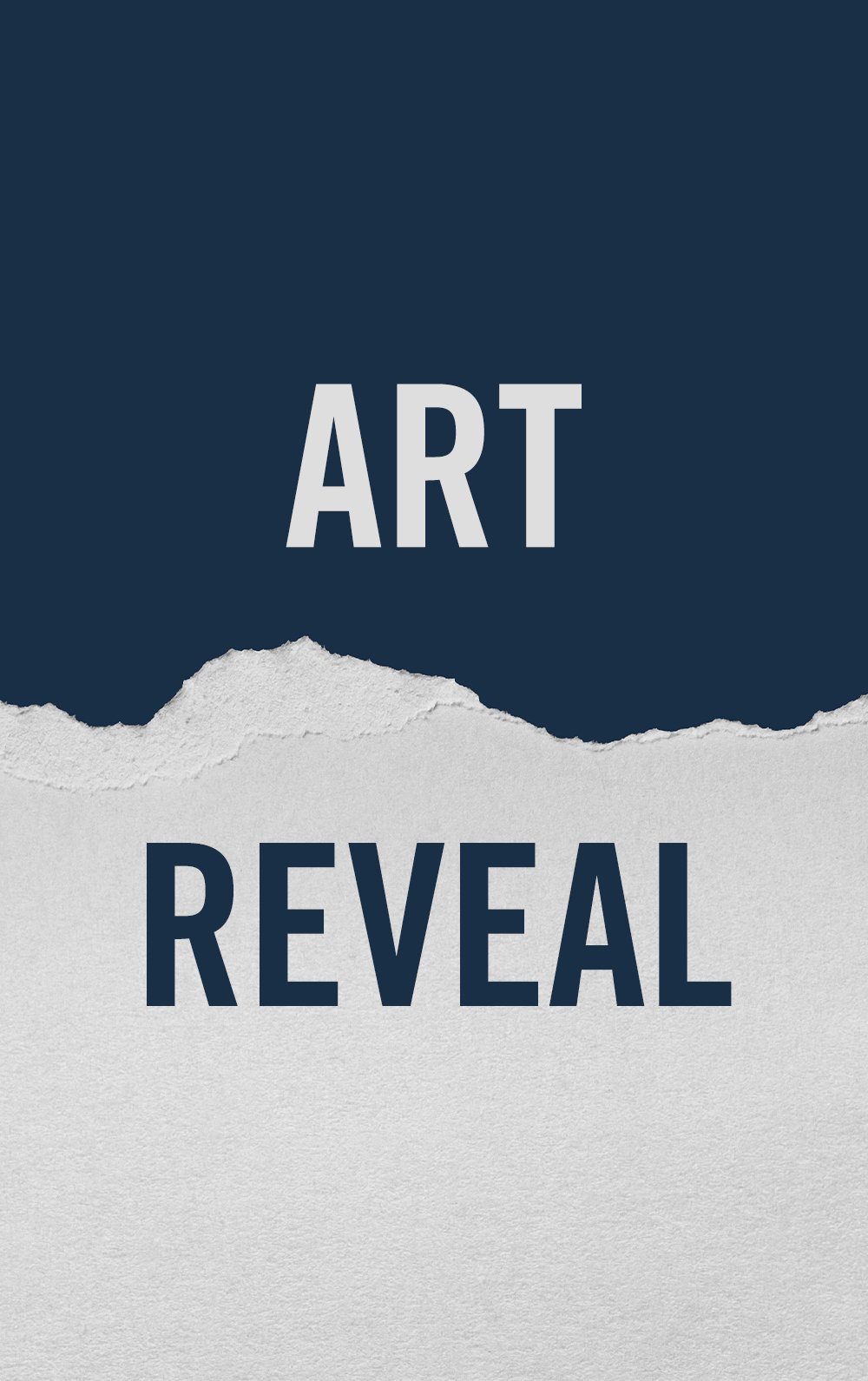
Today we're showing three pieces of artwork from our August 2025 series books! Let us know in the comments which books you'd like to see featured in our September 2025 Artwork Reveal!
Stoke Field 1487: The Last Battle of the Wars of the Roses
By Dickon Whitewood
Illustrated by Graham Turner

THE ASSAULT ON BOOTHAM BAR, 12 JUNE 1487
Shortly after Northumberland and Clifford marched out of York, the Scropes arrived at the city and launched an attack on the gates at Bootham Bar. The York House Book gives a short account of the action: ‘the Lordes Scropes of Bolton and Upsall, constreyned as it was said by there folkes, cam on horsbak to Bowthom Barre, and ther cried King Edward, and made a salt at the yates, bot the Comons being watchmen there well and manly defendid tham and put tham to flitht’. Although their men may have had Yorkist sympathies, it is far more likely the Scropes were themselves the instigators of the attack, planned with Lincoln and the other rebel leaders to distract and separate Henry VII’s supporters. Here John Scrope, Baron Scrope of Bolton, can be seen conferring with his junior colleagues Thomas Scrope, Baron Scrope of Masham and Upsall and Sir Edmund Hastings. Their men wear murray and blue liveries prominently featuring the white rose of the House of York. In front of them is Bootham Bar, the scene of several violent incidents in 1487, defended by Mayor William Todd and his men. York Minster, in which seditious words were spoken in May 1487, can be seen in the background. Although the attack on the gates was abortive, it achieved the objective of forcing Northumberland to return to the city without providing further support to Henry VII. The excuse of being coerced by their men later proved expedient when the Scropes had to explain their actions to the king.
Artwork requested by Daniel Figueroa Giraldez.
US Seventh Fleet, Korea 1950–53: The first Cold War naval campaign
By Corbin Williamson
Illustrated by Paul Wright

BATTLE OF CHUMONCHIN CHAN, JULY 2, 1950
In the days after the North Korean invasion of South Korea, US and British warships began patrolling and blockading along the Korean coastline. On July 2, the American light cruiser Juneau and the British light cruiser Jamaica along with the British frigate Black Swan were patrolling just south of the 38th parallel off the east coast. Jamaica had linked up with Juneau on June 30 and Black Swan joined on the night of 1/2 July. Early on the morning of the 2nd, a group of four North Korean motor torpedo boats, two gunboats, and ten small craft were spotted heading north after having unloaded ammunition for North Korean ground forces driving south. The torpedo boats and gunboats turned to sea and engaged the Anglo–American force. The Jamaica’s captain later wrote that by this move “it was evident that these vessels were bent on work which was hostile to South Korea and that, in accordance with the policy set out in the Operation Orders, they must be thwarted.” The cruisers sought to keep the torpedo boats out of torpedo range and opened fire, destroying three out of the four torpedo boats and both gunboats while driving off the remaining torpedo boat. North Korean shore batteries then opened fire on the Anglo–American ships, which withdrew out of their range. The engagement proved to be the only significant surface action of the Korean War and highlighted the superior naval power of the UN forces.
Kursk 1943: Airpower in the Eastern Front's most pivotal battle
By William E. Hiestand
Illustrated by Graham Turner

Striking Soviet armor
Accounts of air operations at Kursk often exaggerated the effectiveness of attack aircraft on enemy armor, notably claiming that the Luftwaffe alone halted an attack by the 2nd Guards Tank Corps against the II SS Panzerkorps’ right flank on July 6. Hs 129 B-2s of Major Alfred Druschel’s 4.(Pz)/SchG 1 and PG 51 Panzerjägerstaffel joined in the engagement, strafing Soviet tanks with their 30mm cannon, while Fw 190 F-3 fighter bombers from SchG 1 bombed and strafed the supporting infantry. While German accounts claimed the Soviet attack had been turned back by the airpower alone, the 2nd Guards reported intense artillery and mortar bombardment, and enemy tank fire in addition to air attack. Probably 11 of the 24 Soviet tanks destroyed that day were lost to tank fire from the SS divisions, and at the end of the day, front commander Vatutin ordered the Soviet unit to withdraw due to its exposed position. Although the Soviet attack was halted by both ground and air opposition, the Panzerjäger played a significant role, and the Soviet tankers noted being attacked by groups of up to 40 Luftwaffe aircraft throughout the day.

Comments
You must be logged in to comment on this post. Click here to log in.
Submit your comment